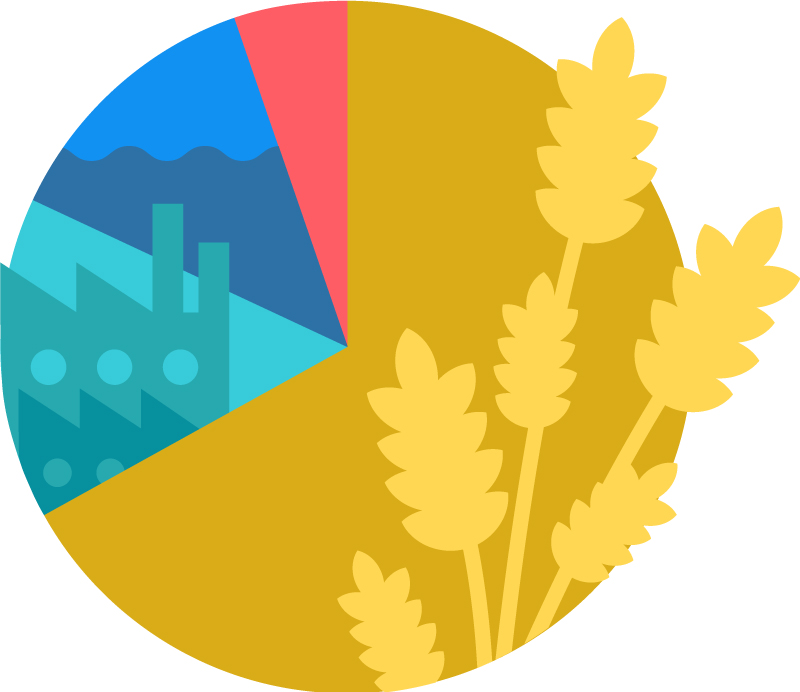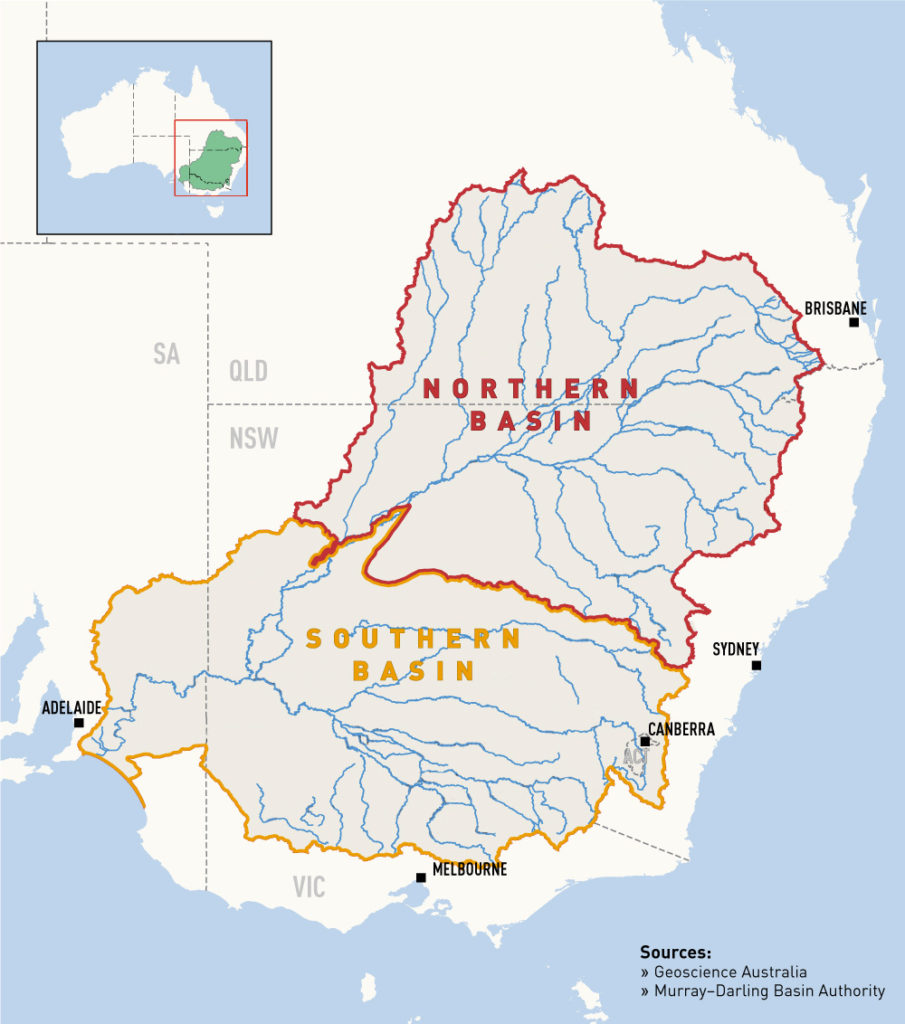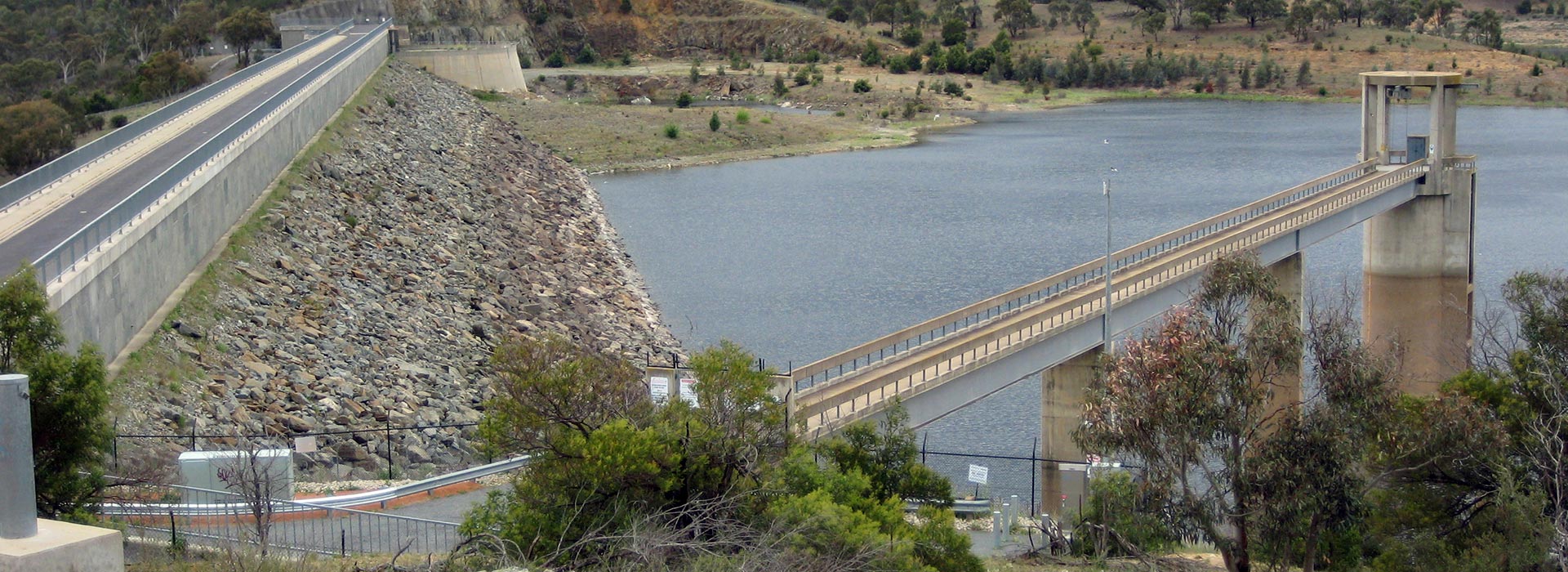Water scarcity now affects more than 40 percent of the world’s population. This number is only expected to rise. What’s also scarce is the economic data on this global threat. Management of water resources tends to be opaque, and stakeholders are rarely properly linked in.
Equally sobering is the fact that according to a Ceres research, at least 50% of stocks listed in all four major U.S. stock indices are in industries with medium-to-high water risk. Portfolio managers are paying close attention.
As water scarcity grows worldwide, governments and at-risk industries will need to reconsider their approach to stakeholder engagement.
Who uses the world’s water?
2019 - 4,620 billion m3 (including shortage)

67% Agriculture
3,100 billion m3
15% Industrial
699 billion m3
13% Domestic
611 billion m3
5% Water shortage
210 billion m3
Source: Charting Our Water Future – McKinsey
2030- 9,653 billion m3 (including shortage)
*without efficiency gain

47% Agriculture
4,500 billion m3
15% Industrial
1,523 billion m3
9% Domestic
830 billion m3
29% Water shortage
2,800 billion m3
Source: Charting Our Water Future – McKinsey
Why are we experiencing water scarcity?
Water scarcity is not due to a global lack of fresh water, but to rather increased competition for clean water from a given source. Growing urbanization, water-intensive industries, and agriculture are the main factors behind this increase in demand.
Climate change is driving the availability of fresh water sources downward. Hotter temperatures mean increased water evaporation, drier soils, and thirstier livestock. This added demand for water only exacerbates imbalances in availability. In arid and semi-arid regions, meeting everyone’s water needs is becoming increasingly difficult.
Sticking to our business-as-usual trends will not close this water gap. In fact, it could lead to the depletion of water reserved for environmental needs and some demand may simply go unmet. It also means that the associated economic or social benefits will simply not occur.
The Australian water crisis
Australia has been grappling with a particularly alarming water crisis in recent years and things only seem to be getting worse. Its millennium drought from 2001 to 2009 devastated many regions of the country. It contributed to dust storms, bushfires, lost livestock, and widespread crop failures. Since mid-2017, drought has continued to plague the nation, putting even greater strain on Australia’s already scant water stocks.

Water scarcity in the Murray-Darling basin
Why is the Murray-Darling basin such a sticky situation?
The basin touches 4 states and 1 territory, all with their own separate laws and standards. Reaching a consensus will not be easy. Nor will uniting these different states and territory – and their communities.
As Australia comes to grips with this unprecedented crisis, it has become painfully obvious that harrowing choices will have to be made to ensure the survival of the ecosystem and the many industries and communities it supports.
Solutions to water scarcity in agriculture
According to the 2030 Water Resources Group, meeting all competing demands for water at a reasonable cost is in fact possible. Among other measures, the Group proposes increasing “crop per drop”. Applying water more efficiently to crops would improve yields while also securing net water gains.
Other measures include boosting efficiency in industrial and municipal water systems. Such improvements will help to balance water demands and resources. They will also lead to significant savings in energy and other operational expenditures.
See what it takes to put in place an effective stakeholder engagement system
Involving stakeholders early is vital to solving the water scarcity crisis
Regardless of the issue, stakeholder engagement is an important tool for building a common understanding of the context so that a productive dialogue can occur.
In the case of sustainable water management, this common understanding is necessary for making decisions that stakeholders will buy into. Context matters for effective stakeholder engagement and ongoing dialogue must occur over time. It must also leave space for the context to develop and change.
Legal, regulatory, and institutional frameworks that support sustainable water governance also need to be in place for meaningful engagement to occur. These frameworks can be powerful catalysts for action. They can help to bridge interest divides and resolve conflicts. They can also facilitate the planning and implementation of water management.
New South Wales Department of Planning, Industry, and Environment – Water is now pursuing a strategy of constant engagement with key stakeholders of the Murray-Darling basin. It recently turned to Boréalis software to support its efforts in the areas of Community Engagement, Public Affairs, and Regulatory & Compliance Management
In contrast, frameworks that lack clear engagement goals may restrict the set of interests invited to the table. This can limit participation, undermine governance processes, and jeopardize outcomes.
Stakeholder engagement is part of the solution
Real-world water crises such as the one currently crippling New South Wales have made it increasingly clear that collaborative processes can make or break the planning and implementation of sustainable water management strategies. Even where conflicts of interest are not a factor, stakeholder engagement has been shown to improve the efficiency of water management.
The main factors for ensuring positive outcomes when engaging communities in decision making are early and transparent stakeholder consultation, ongoing inclusiveness, and responsiveness. As water governance gains increasing attention amid growing climate change, so will the importance of engaging stakeholders in formulating and implementing solutions to water challenges.
Good water governance and effective stakeholder engagement are inextricably linked. Accepting this opens the door for policymakers, the private sector, and civil society to come together to find solutions. It also smooths the road to putting transformative practices in place – and securing their acceptance – so that we can ensure the sustainability of our freshwater sources.
Googong Dam Created by User:Petaholmes






